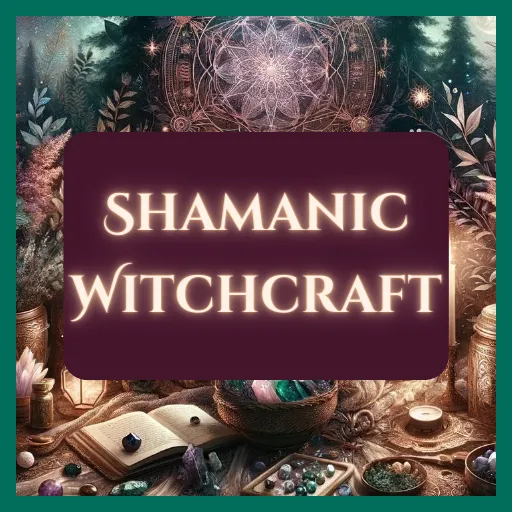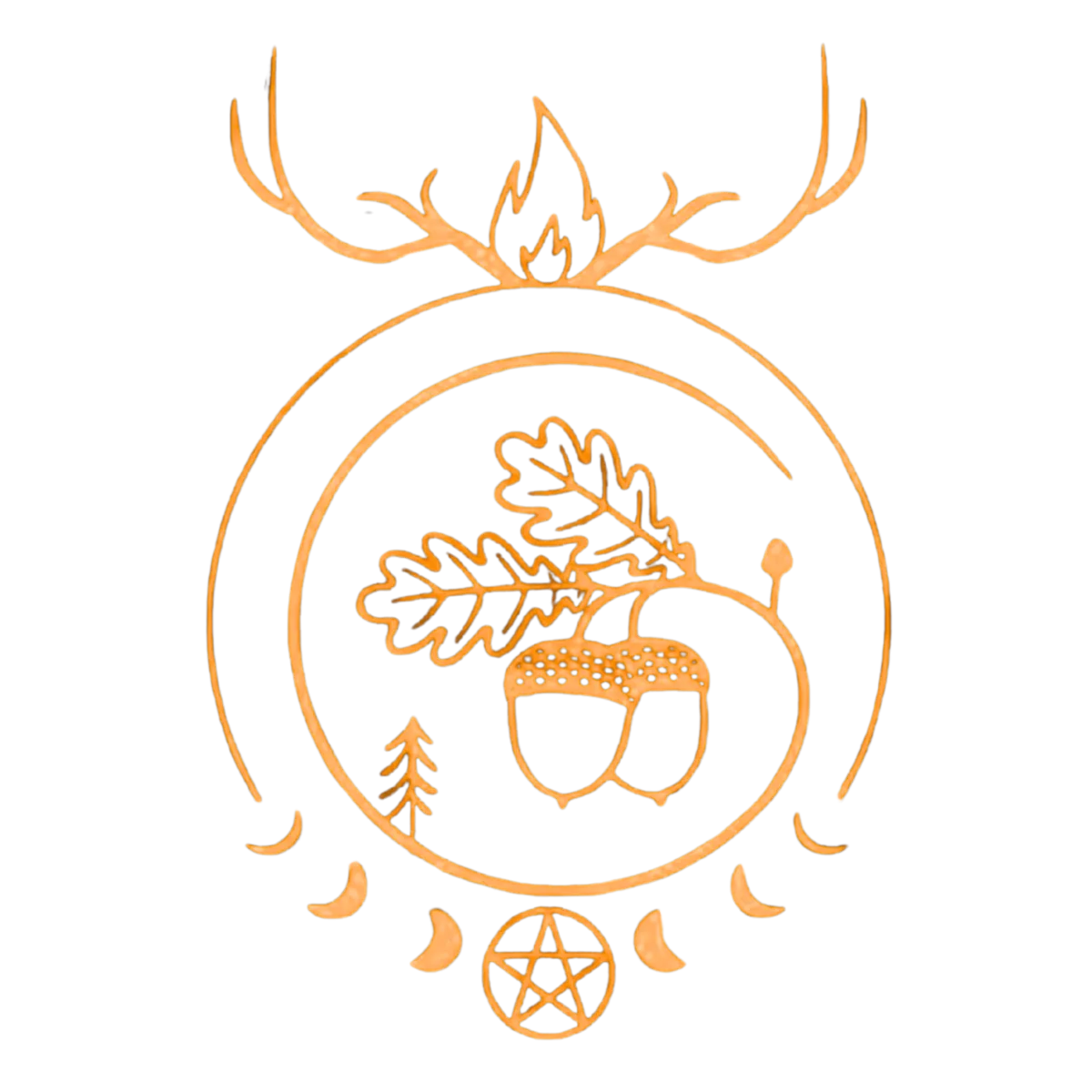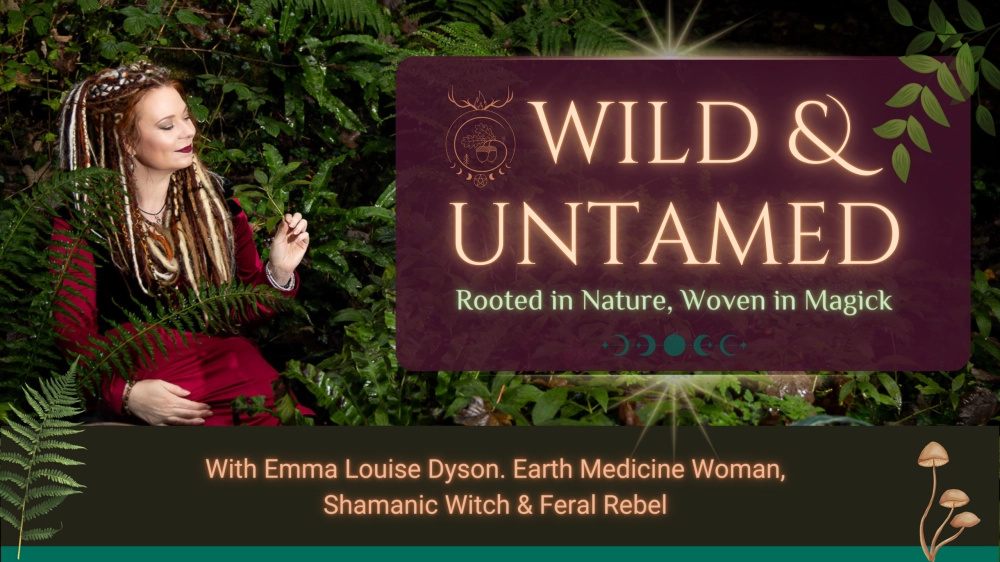BRIGATTA
Blog

Beltane Beyond Bonfires: Forgotten Lore
“Beltane has roots that are messy and sensual and protective and wildly practical.”
When the wheel of the year turns towards May, the fires of Beltane beckon. Smoke-soaked and flower-crowned, this ancient festival ignites images of bonfires, maypoles, and blushing garlands of hawthorn. Yet, there is a hidden side to Beltane — a spellbinding tapestry woven from sensuality, protection, practical earth magick, and ancestral ritual. Let’s take a journey beyond the flicker of bonfires and discover the forgotten lore of Beltane, or as its original Gaelic name resounds: Bjaltina.

The Many Faces of Beltane (Bjaltina)
Most people know Beltane for its heat and pleasure — fires, fertility rituals, and spirited dances in the growing light of May. However, true Beltane magick is grounded just as much in pragmatic practices and protective rites as in celebrations of vitality and joy.
Beltane, or “Bjaltina” (the authentic Gaelic pronunciation), is, at its core, a festival of boundaries and blessings. While modern observances may focus on wild revelry, our ancestors were deeply attuned to the needs of their land and families, making Beltane a time to undertake spells of defence, healing, and profound connection to the earth.
Bonfires: Lighting the Way for Protection
The iconic Beltane fires were never simply symbolic. Highlanders of old would lead their cattle between two bonfires — smoke curling, hooves stamping — to protect the herd from disease and misfortune for the coming season. This wasn’t pageantry, but a living, breathing spell: ashes gathered from these sacred blazes were scattered across fields, hearths, and thresholds as a blessing for fertility and safety.
Even babies would sometimes bask in the rising smoke for cleansing and protection, and people leapt over flames—not only for fertility, but to shed bad luck and stagnant energy. Here, fire became both celebration and shield, a spell of body and community.
Rowan and the Faery Folk: Weaving Protective Charms
While Beltane radiates with the colours of flowers and garlands, rowan has a crucial role. This fiercely protective tree, from which red-threaded charms would be hung around the home, was believed to keep the often unpredictable fae at bay during this liminal time when the veil between worlds was at its thinnest.
The festival thus unfolds as a dance between beauty and boundary setting, between invitation and protection. Energetic hygiene was woven seamlessly into folk customs — reminding modern witches, pagans, and earth lovers that magick should protect as much as it delights.
Water’s Whisper: The Magick of May Morning Dew
If fire kindled Beltane’s energy, water brought its glow. At dawn on Beltane, women would quietly gather the silver-sparked morning dew from grass, petals, and leaves. Washing one’s face in this liminal moisture was a simple yet potent spell for luck, beauty, and healing—a living promise between land and skin.
Close by, at sacred wells, ribbons and rags known as “clouties” were tied to trees as humble offerings for healing and protection, drawing blessings from the spirits of the land and the ever-mysterious fae. Believers might also toss coins or pins into the water at dawn, when this element was thought to be at the peak of its magickal potency.
Bringing in the May: Hawthorn and the Risk of Aliveness
One of Beltane’s most thrilling traditions is “bringing in the May” — gathering fresh greenery and especially hawthorn to decorate doorways and window ledges. Normally considered taboo to have indoors because of its strong association with fairy folk, hawthorn was welcomed at Beltane as a symbol of both fertility and risk. Here, the celebration acknowledges not only the blooming of the land but the wild unpredictability of nature and spirit alike.
Even now, simple acts—tying a cloth to a favourite tree, leaving a flower in gratitude—are enough. The land does not demand performance, just presence, intention, and relationship.
Greenwood Marriages and Sacred Union
Beltane is also a time when earth energy and erotic energy converge. The “greenwood marriages” of old—handfastings that lasted just a year and a day, entered into freely and ended without judgement—embodied the spirit of sacred union. Far from being trivial, these pacts were deeply symbolic, brimming with choice, freedom, and the transformative potential of embodied love.
The archetypes of the May Queen and the Green Man, too, are not mere costumes or pantomime. They are living symbols of union and desire, illustrated not just through physical celebration but through deep, soul-level energetic magic.
Beltane Today: Living the Forgotten Lore
The magick of Beltane is not about elaborate performances or rigid adherence to tradition. It is about honest relationship — fire for blessing, dew for beauty, bread for the fae — a dance of offering and gratitude.
You need not do it all or do it perfectly. The heartbeat of Beltane is found in presence and authentic connection: a thread of cloth, a whispered thank you, a moment’s reverence before what is blooming in the land and within ourselves.
Did any of these ancient Beltane traditions surprise you? Are there customs you already practise or yearn to reclaim? I invite you to share your experiences and start a conversation. And if you’re ready to delve deeper into the potent magick of Beltane (Bjaltina), join me in the free three-day ‘Fires of Beltane’ workshop or explore my ebook bundle packed with spells, rituals, and recipes for the season.
For more wisdom and grounded magic, watch the full video on the YouTube Channel, The Wild and Untamed Way. Like, subscribe, and keep weaving your wild magick with the turning of the year.



Listen to Our Podcast Anywhere, Anytime!
Coming Soon...
Tune in from your favorite podcast platform or our website, and let the wisdom of our guests and host, Emma, accompany you on your path to personal growth and transformation, no matter where life takes you.
Sign up now and receive a free monthly ritual to ignite the magic within!
COPYRIGHT © 2024 WILD AND UNTAMED ALL RIGHTS RESERVED|THEME BY EASY PEASY BUSINESS


